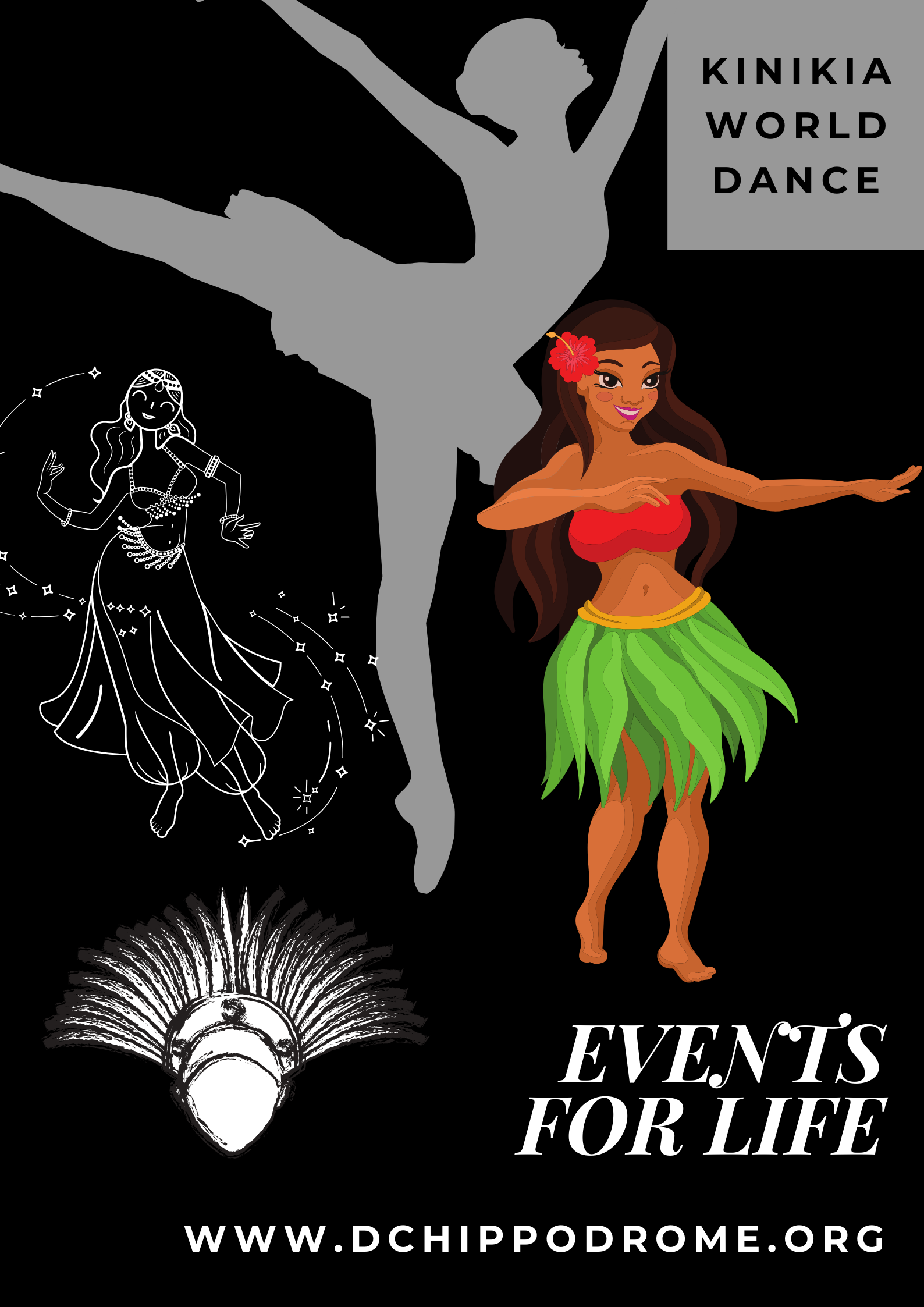I have been trying to glean more information about my ancestral heritage from my mother. My mother didn’t have family tree archives like some people do. I know a lot of people in the US do this for ancestral historical tracking purposes, tradition, and many other reasons. I think it is special when you can honor or remember the people who made up her family. It preserves a sense of self that grounds you in a chaotic world.
However, not every type of person has access to or knows where they truly come from. That doesn’t mean those of us who don’t have that historical document can’t strive to have a strong sense of self on our own. This happens in many ways. A person can seek out their dreams, make lasting friendships and relationships, or work hard at the life they want. But in terms of understanding where you come from there are other avenues besides passing down stories from generation to generation.
I know that I am Taiwanese in terms of ethnicity. I don’t know what that means in terms of genetic make-up. I was hoping to answer some of these questions when I tried taking a 23 and Me genetic test twice, but there were no conclusive data. I’m not sure what was the issue. But because both times came in with no results whatsoever, I’m inclined to think those tests (or at least at the time I took them) are not geared for someone like me and with my DNA. Perhaps, there didn’t exist enough records of different peoples from the geographical areas that my ancestors may have originated. So, I clung to similar cultures. I’ve always been a dancer but imagine my delight when I discovered the connection between Austronesians, which include Taiwanese and Polynesians. I understand the very distinct differences of both groups, but there was an instant feeling of belonging for me. I have always been a dancer, but the more I studied island dances the more connected I felt to Taiwan. Even though the dances are very different, indigenous dances of Taiwan are very relatable to other folk dances from Polynesian islands such as the bamboo stick dance.
The bamboo stick dance is traditional for many cultures. These include cultures from the countries of the Philippines, China, Hawaii, Taiwan, and Vietnam. In the Philippines, the dance is called Tinkling and is the country’s national dance. In China, the bamboo dance is done on water and called Bamboo Drifting. There is an ethnic group in China called Li based in Hainan Province. They have a rhythmic version of the bamboo dance which is very traditional. In Hawaii, the dance of the people is called Hula. The bamboo dance done in Hula utilizes the pu’ili sticks which are split bamboo sticks. When the dancer hits these two together, there are many rhythmic patterns that are used in the dance. The Ami is a Taiwanese aboriginal tribe that also have a version of the bamboo dance. Mua Sap is the name of the bamboo dance of Vietnam.
Here is some amazing footage of bamboo dances across these various amazing cultures.
